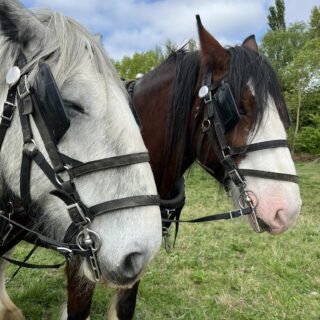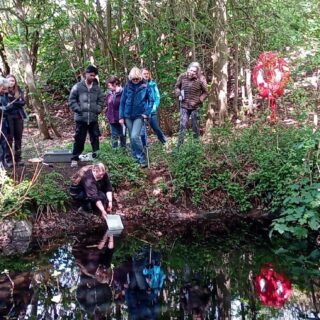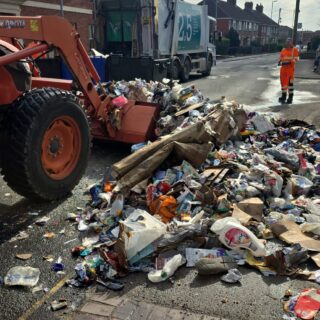Rudloe Wombles Recognised by Wiltshire Council and idverde for Community Impact
The Rudloe Wombles litter-picking group has been formally recognised by Wiltshire Council and idverde for their significant contribution to the Box Parish community.
Grounds Maintenance, Landscape Creation, Arboriculture, Sports Surfacing, Parks management, IOS Managing Safely Training, Ecology & Biodiversity, Grass cutting, Horticulture, Street Cleaning, Soft Landscaping, Hard Landscaping
idverde provides a wide range of green services, including grounds maintenance, landscape creation, and advice services, to both private and public sectors across the UK.

The Rudloe Wombles litter-picking group has been formally recognised by Wiltshire Council and idverde for their significant contribution to the Box Parish community.

idverde, in partnership with Wiltshire Council, is proud to announce the continuation of its collaboration with the Youth Justice Service (YJS) in Wiltshire, now in its second year.

Find out more about the history of Shire horses and their modern contributions to conservation.

Playgrounds have always been a highlight for many in childhood, providing spaces for physical activity, social interaction, and imaginative play. Over the past two decades, playground design has evolved significantly, driven by advancements in technology, a growing emphasis on inclusivity, and a heightened awareness of environmental sustainability. As we look towards the future, these trends are set to redefine the playground experience, making it more inclusive and eco-friendly.

Morley Quarry buzzed with excitement recently, as volunteers from across Charnwood and Leicestershire gathered for a hands-on training day. Hosted by idverde and RSPB, this event equipped 25 dedicated volunteers with essential skills in wildlife surveying, species identification, and habitat assessment

Scrubland is a hidden gem for wildlife, supporting over 450 rare or threatened species in Britain! Harvington Estate has transformed its landscape with new scrubland habitats, thanks to the Environment Agency, Bromley Council, idverde, and the RSPB. This project enhances biodiversity, providing vital spaces for tawny owls, bats, hedgehogs, and more.

Join us in raising awareness about the urgent need to protect endangered species and their habitats. Our partnership with the RSPB has been instrumental in conserving biodiversity across the UK. From the bombardier beetle at Queen Elizabeth Olympic Park to meadow pipits on Wormwood Scrubs, and our ongoing efforts to support the beautiful Swift, every action counts.

In a commendable effort, idverde teams played a crucial role in the cleanup operation

Our team had the privilege of attending Youth Action’s “Big Skills Day,” where we connected with incredible young people! Watch the video here

idverde attended the prestigious CAFRE Industry Support Programme Awards.